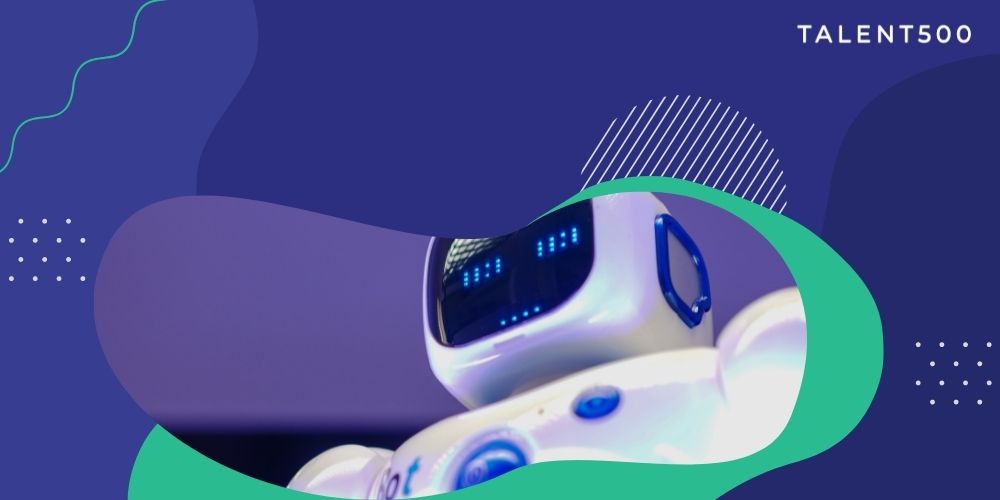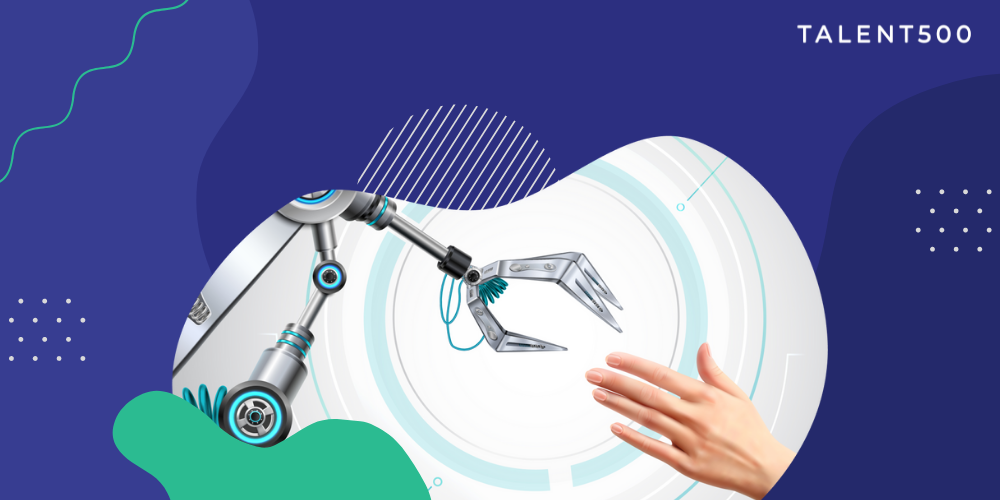Remote work wasn’t always as well-received as it is in the present day and age. Much of it has to do with companies responding to the pandemic, but organizations were slowly weaving it into their policies. Nonetheless, this boom was necessary to keep industries alive and global workforces are now a staple. Around 16% of the companies across the globe are completely remote. Lower overheads and better efficiency are two factors driving this change, in addition to the fact that 74% of the employees reported that they were less likely to leave a company if it offered remote working solutions.
Naturally, the demand for remote working rose and companies obliged, finding ways to accommodate and optimize for it. This is where AI and automation step in. In a bid to optimize digital workspace, AI programs were the go-to as they offered efficient solutions that complemented the remote work model. These tools help assess the routine tasks performed, eliminate redundancies, and are effective at tracking productivity.
But, these are just a few basic applications of AI in the remote workspace. For greater insight into the impact of its role and its capabilities in remote work culture, read on.
Provides opportunities to train and upskill employees efficiently
AI programs and tools can not only assess productivity but also determine an employee’s strengths and weaknesses. From there, personalized training programs can be offered to promote targeted upskilling. This helps employees expand their skill set and improve their quality of work. This type of training can also prepare employees for new roles. Organizations that invest in training directly increase their intellectual capital, of which more is always better.
Improved conversations and discussions
Historically, communication has relied on non-verbal cues such as body language and expression. As such, the meaning and depth of an interaction are often lost in translation when communicating online or digitally. Fortunately, AI tools were able to deliver a solution in this regard. By analyzing text, programs can now assist employees in decoding communication, offering clarity on the tone of the conversation. This helps reduce miscommunication amongst employees and with their employers. Some AI tools can also help gauge an employees’ morale and engagement with the help of language and sentiment analysis.
Automated and efficient job search and applicant selection
AI already plays a vital role in the hiring process and a majority of companies use an automated ATS (Applicant tracking system). ATS helps recruiters hire effectively and efficiently from a large pool of candidates. It is a clear-cut time-saver and recruiters have reported that it helped them source, screen, and nurture the candidates better. Apart from this, AI-based ATS can eliminate human bias and reinvent the interview process with an automated interview.
Automation of administrative work for improved productivity
Remote working does not eliminate the need for administrative work. Mundane tasks such as scheduling meetings, calls, and emails may hamper an employees’ ability to brainstorm and focus on the core activities. AI solutions can deal with this issue, absorbing these responsibilities with ease. These programs can schedule meetings, message participants, and coordinate with the members of the team. By unloading mundane work, employees have more time to dedicate to core tasks.
Improved cybersecurity and troubleshooting
Security infrastructure can be a problem in remote work setups. As such, remote employees are often more vulnerable to cyberattacks. To protect remote workspaces, AI can be beneficial as it can analyze large sets of data and recognize, as well as deal with, malicious or potentially harmful data or behavior. Remote work can also be a roadblock for immediate IT support. Employees that have to troubleshoot problems manually are less likely to be productive and may even cause more problems. But, with the right AI tools, this doesn’t have to be the case. Automated bots can troubleshoot problems and provide timely, guided assistance.
As remote and hybrid work models gain popularity, it is important to understand the use of AI and automation in a productive workplace. This is particularly pertinent to hiring and establishing global teams. AI-enabled hiring strategies are the future and with Talent500, you can enjoy this benefit today!
Our specialized tools make hiring simpler and more efficient, sourcing the right fit from diverse talent pools and IT communities. All professionals on the talent network are pre-vetted and we’re confident in our ability to serve your needs. Schedule a consultation today and build global teams that perform.



